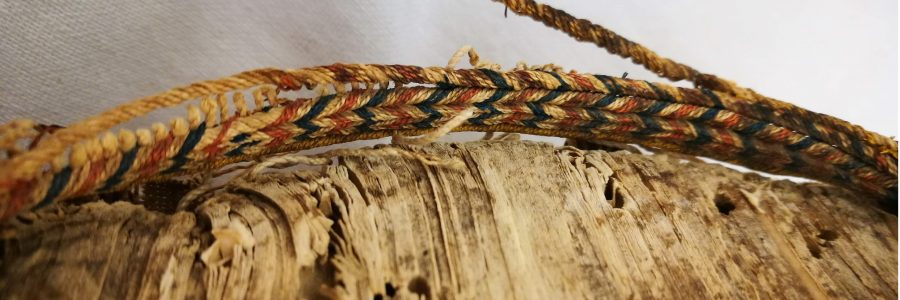
The Polonsky Foundation Greek Manuscripts Project: The conservators’ challenge – Part 5
Welcome to the last instalment of the conservator’s challenge. In this post we will see CUL MS Dd.4.39 and CUL MS Add.1840 in their finished state, after treatment, and their bespoke housing. It has been almost a year since our last conservators’ challenge so in an upcoming blogpost we will also be able to share with you some other finished projects, where the conservators have been able to further develop the knowledge and techniques used in the treatment of CUL MS Dd.4.39 and CUL MS Add.1840.
Both CUL MS Dd.4.39 and CUL MS Add.1840 were initially selected for treatment based on their condition, using the data from the initial conservation survey, and knowledge of the books’ contents with help from our wonderful cataloguers. Since that point the manuscripts have received hundreds of hours of treatment each to improve their condition and return them to usable objects. Below we can see a comparison of before and after treatment.
CUL MS Dd.4.39


CUL MS Add.1840


Housing
To house the manuscripts bespoke linen covered drop-back boxes were made. The boxes were designed to house the manuscript as well as any parts of the original binding not reused, for instance the boards. Boxes not only help protect books from physical damage but also the damaging effects of light and unsuitable environmental conditions, acting as a buffer to changing temperature and relative humidity.


What happened to CUL MS Add.3048?
If you can cast your mind back to the very first Conservators’ Challenge blogpost you may remember that there was a third manuscript selected for in-depth treatment – CUL MS Add.3048, a lay office book from the 17th century. When conducting further condition assessment of this book it was realised that the sewing was stronger and more intact than was previously thought, unlike the other two manuscripts which had no intact sewing, additionally CUL MS Add.3048 still had its original boards. This led to different treatment decisions. First, many hours of meticulous paper repair was conducted by Project Conservator Marina. New endleaves were made from paper and aerolinen. These new endleaves and all loose gatherings were attached with new linen thread, leaving the old sewing intact. A non-adhesive cover was made from flax cover paper, folded around the outer two leaves of each endleaf, to protect the manuscript. This non-adhesive cover can be easily removed and replaced, allowing for researchers to view the sewing structure. The books original boards were not reinstated as they had become very fragile due to extensive insect damage. Once again, a bespoke box was made for CUL MS Add.3048, housing the manuscript and all elements of the binding structure that were not reinstated.


At the beginning of this project these manuscripts were in pieces, were too fragile to consult in the reading room and were in damaged or unsuitable bindings. Now, after hundreds of hours of conservation treatment, they are not only safe to be digitised but also be consulted in the reading room.
Thank you for reading our blogpost. Please watch out for a new blogpost on some more in-depth treatments in the near future!
